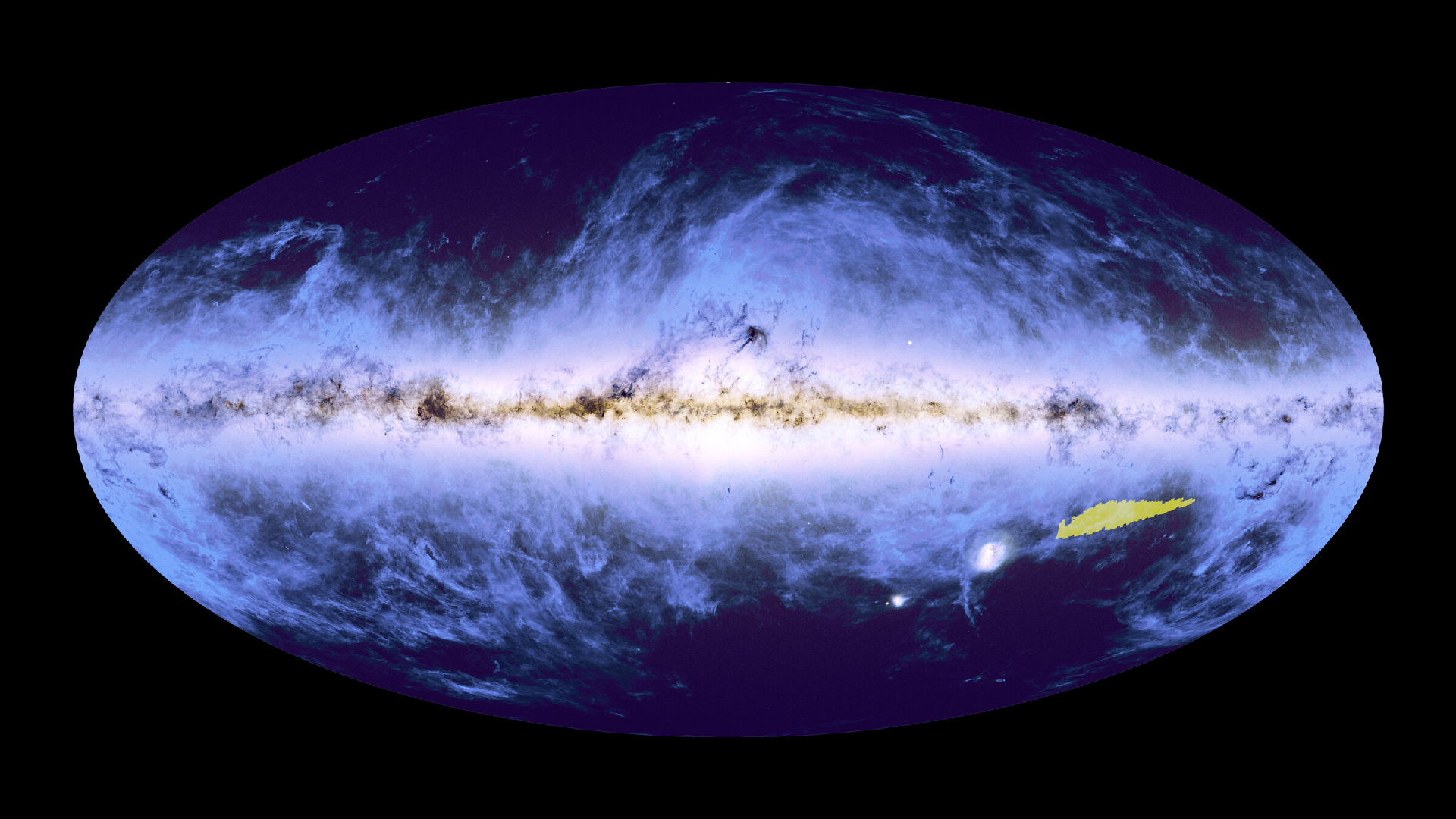Land, Vol. 12, Pages 887: Migration of Dissolved Organic Matter in the Epikarst Fissured Soil of South China Karst
Land doi: 10.3390/land12040887
Authors: Kun Cheng Ziqi Liu Kangning Xiong Qiufang He Yuan Li Lulu Cai Yi Chen
The efficient reactivity and mobility of dissolved organic matter (DOM) affect biogeochemical processes. As important components that link aboveground and belowground vertical systems under the binary 3D structure of karst, fissures provide soil–water–nutrient leakage channels and storage spaces. However, reports on DOM properties and drivers in fissured soil are extremely rare. This study characterizes DOM in the fissured soil of different vegetation types under medium-intensity rocky desertification conditions. Soil samples were characterized via ultraviolet (UV)–visible absorption spectroscopy and fluorescence excitation–emission matrix–parallel factor analysis. Five fluorescent fractions were identified. The controlling factors for the optical properties of soil DOM were determined via the redundancy analysis method. Results showed the following: (1) Dissolved organic C/soil organic C < 4.68 + 0.49‰, specific UV absorbance (SUVA)254 and SUVA260 exhibited low overall performance with the vast majority of the humification index (HIX) < 4, most of the fluorescence index (FI) ≥ 1.7, most of the biological index (BIX) in 0.6 < BIX < 1 and 31.67–41.67% of protein-like fractions. These data indicate that cleaved soil, except for topsoil, has low DOM content, weak aromaticity, and low humification; (2) Rainfall intensity, aperture, and near-surface vegetation type are the major causes of DOM transport and loss; and (3) Most DOM losses are likely to be protein-like and enhance the loss of soil P. In summary, environmental factors and the characteristics of fissures determine DOM content and migration, particularly rainfall intensity and vegetation type. The loss of lighter DOM components will be greater in an area with high karst desertification grade, strong fissure development, weaker soil aromaticity, and lower humification. These results provide a clearer basis for optimizing the fissure nutrient element migration scheme in karst areas.

 1 year ago
35
1 year ago
35


